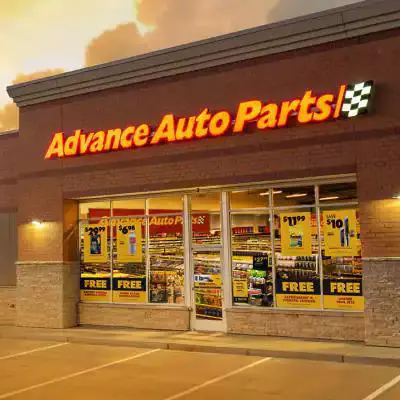Advance Auto Parts now provides professional repair shops with an impressive tool suite to improve customer experiences, including Tekmetric’s digital inspection software, MotoLogic’s database of OEM repair and diagnostic content for technicians and MotoVisuals’ proprietary database of over 400 visually-based failure mode animations.
These simple animations allow shop service writers to communicate recommended repairs more clearly to customers.
Serpentine Belt Replacement
The serpentine belt in your car provides power transfer between its various engine accessories and air conditioning, power steering and alternators when necessary. When it wears out prematurely, air conditioning, power steering and alternator won’t function and engine may overheat – this makes preventing serpentine belt failure so essential.
A serpentine belt is typically composed of rubber, which can deteriorate over time when exposed to heat and friction. However, with the appropriate tools it’s easy to inspect and replace your serpentine belt – just listen out for any squealing or whining noises as it snakes around pulleys to monitor its condition; physical damage such as cracked ribs and abrasions are telltale signs that it needs replacing soon.
Your serpentine belt can be found under the hood of your vehicle; to access it, release and secure both latches, then look for an under-the-hood placard or owner’s manual diagram to assist with finding it.
Power Steering Pump Replacement
Professional mechanics usually find power steering pump replacement a relatively straightforward and straightforward job, taking 2-5 hours on average and usually only needing to remove some minor components. As every vehicle manufacturer’s specifications will differ slightly when it comes to performing this procedure, please refer to your service manual for guidance on exactly which steps need to be followed in your specific year and model vehicle.
An improperly functioning power steering pump will make steering difficult, which is a telltale sign of trouble and could also result in the slow leak of hydraulic fluid from its reservoirs.
The mechanic will begin by draining the power steering system, disconnection all hoses and disconnecting lines leading to the pump, as well as taking steps to open up and loosen its lower engine cover before loosening its power steering pulley bolt with a socket and ratchet. Once loosed, they will use a pulley removal tool which they guide over its edge before ratcheting to latch onto its locking nut on the pulley itself.
Brake Pad Replacement
Brake pads work by pressing against the brake rotor to slow its rotation speed, helping you stop your car. Over time, these pads wear down, eventually needing replacement; thus making this part of a vehicle’s braking system one of the most commonly replaced components.
An unpleasant screeching sound when breaking is often the telltale sign that your car’s brake pads have reached their end of their lifespan, signaling drivers to switch out their pads immediately. This noise is generated from small metal attachments built into each pad which becomes exposed as it wears down, scraping against the rotor and making a noisy screech sound when driving, telling drivers its time for replacement pads.
Newer vehicles feature sensors that will alert drivers when the remaining pad material drops below a set threshold, though this feature may not be standard on all models. Our handy brake repair cost tool provides an estimate for replacing both pads and rotors on your vehicle; use only new hardware supplied when replacing brake pads to avoid damaging and uneven wear of them over time.
Tire Rotation
Tire rotation is one of the most essential services in auto maintenance, yet often goes overlooked. Tire rotation involves moving around your tires in specific patterns in order to improve traction and handling; protect from potential damages to prolong tire lifespan; and increase safety.
Uneven wear can reduce tire tread depth, affecting how your car drives and even leading to decreased road traction, potentially making driving unsafe in certain conditions. Regular tire rotation is one way of mitigating this risk and should be done accordingly.
There are various tire rotation patterns, with the best one depending on your car’s drivetrain and whether or not it uses directional tires. When following this schedule, make sure that all four tires are evenly distributed across your car – avoiding extra services like wheel balancing.











